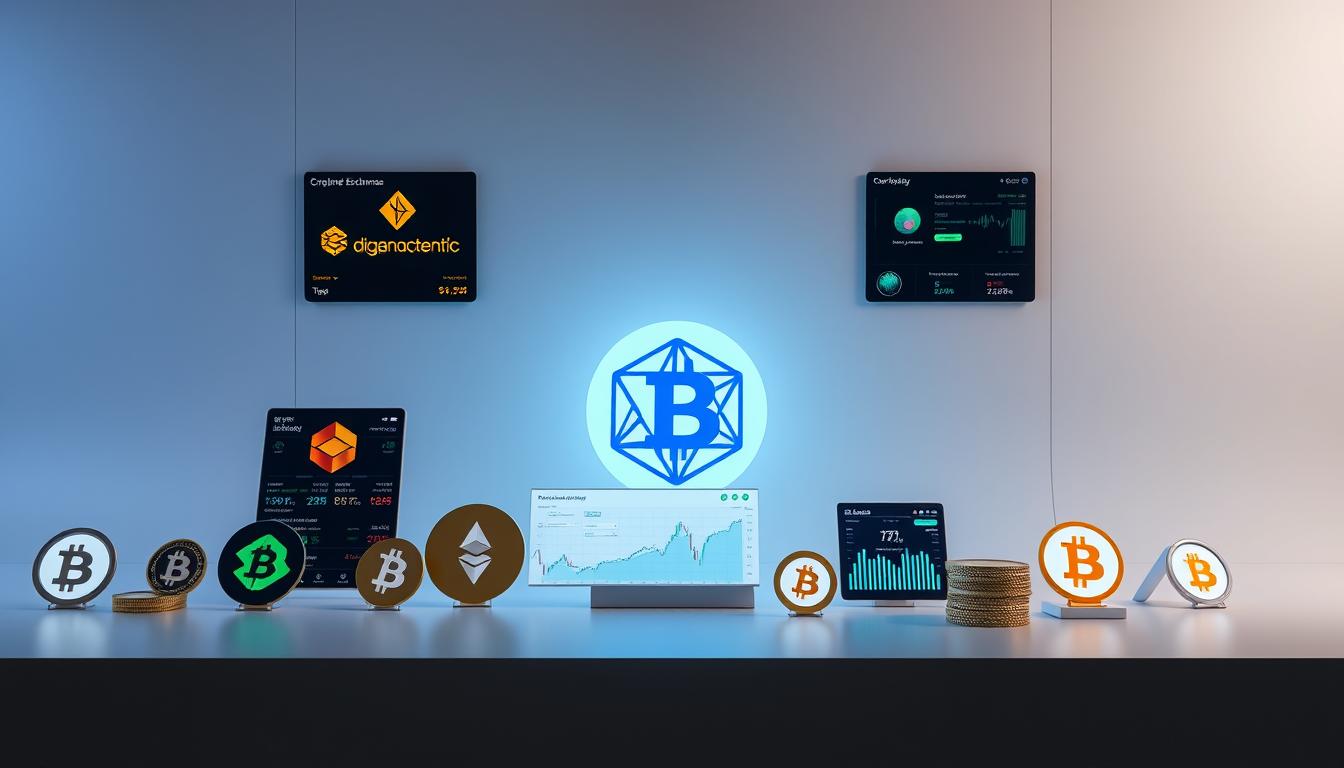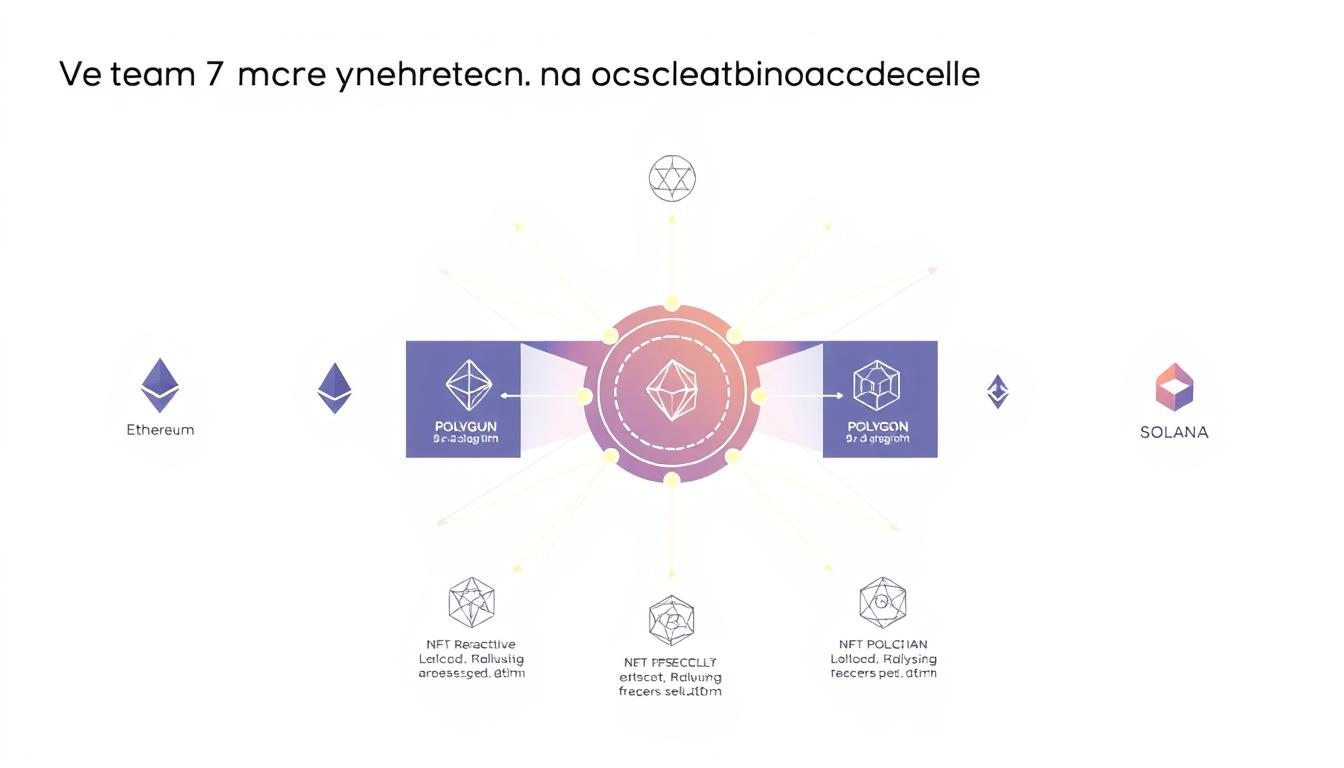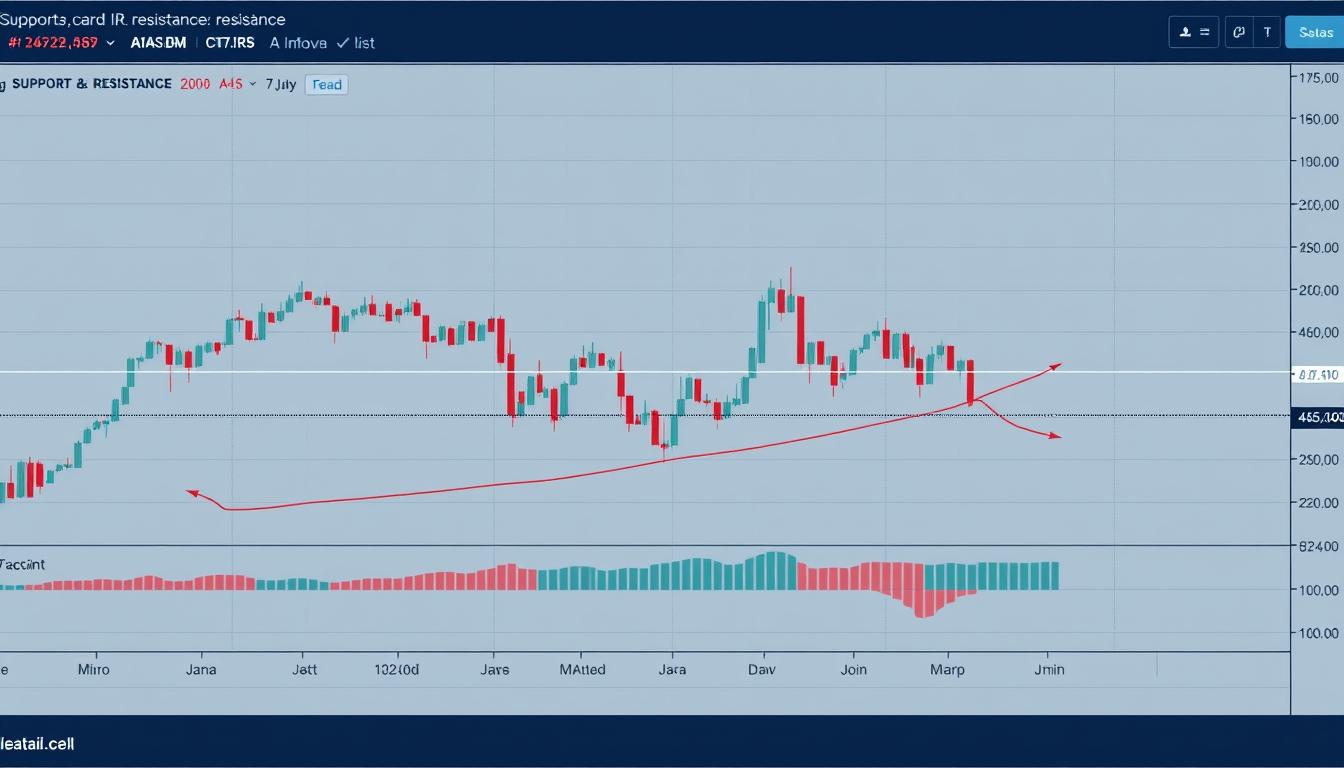Now Reading: Compare Best Cryptocurrency Exchange Platforms
- 01
Compare Best Cryptocurrency Exchange Platforms
Compare Best Cryptocurrency Exchange Platforms

Choosing where to trade digital assets requires careful evaluation. This analysis explores leading services available to U.S. investors, from specialized trading hubs to mainstream brokers. We assess critical factors like fee transparency, security protocols, and regulatory alignment to simplify decision-making.
Independent reviews like NerdWallet’s 20-factor scoring system reveal standout performers. Uphold leads with 4.8/5 stars, followed by Coinbase (4.6/5) and Gemini (4.3/5). Traditional brokers like Robinhood also show competitive features for casual traders.
Our evaluation compares trading costs across services, including hidden charges like network fees. Security remains paramount – we examine cold storage practices and insurance protections. The guide also clarifies operational differences between centralized marketplaces and decentralized alternatives.
Key Takeaways
- Independent reviews evaluate over 20 performance metrics
- Leading services combine strong security with intuitive interfaces
- Fee structures vary significantly between providers
- Regulatory compliance differs across trading models
- Asset insurance options provide extra protection layers
Introduction to Cryptocurrency Exchanges
The US digital asset marketplace has transformed into a dynamic ecosystem. Retail investors and institutions now participate in crypto trading through diverse channels, from mobile apps to advanced professional dashboards. This shift follows Bitcoin’s surge to record highs and Ethereum’s growth fueled by stablecoin innovations.
Overview of the Crypto Trading Landscape in the US
American traders access hundreds of digital assets through specialized exchanges and mainstream brokers. Recent milestones like spot Bitcoin ETFs have accelerated institutional involvement. Over 50 million US adults now own digital currencies, according to recent industry surveys.
Three key factors shape this environment:
- Regulatory oversight: Multiple agencies like the SEC and CFTC enforce rules on asset classification and anti-money laundering
- Market diversity: Users choose between instant spot trades or complex derivatives contracts
- Technological evolution: DeFi protocols and NFT marketplaces expand trading possibilities
State-level licensing adds complexity, with some regions restricting access to certain services. Platforms must balance innovation with compliance, creating varied experiences for users. This landscape continues adapting as lawmakers address emerging challenges in digital finance.
What Are Cryptocurrency Exchanges?
Digital trading hubs bridge traditional finance and blockchain markets. These services let users swap fiat money for tokens like Bitcoin or Ethereum. Crypto exchanges act as middlemen, connecting buyers and sellers while setting real-time prices.
Centralized marketplaces dominate the space. Companies manage these platforms, handling transactions and storing funds. Users get familiar features like order books and instant trades. Most offer mobile apps and 24/7 support for seamless trading.
Security protocols vary widely. Reputable services require ID verification to meet anti-fraud rules. They charge fees per transaction – typically 0.1% to 1.5% of trade value. Some earn through withdrawal charges or listing new tokens.
Modern platforms go beyond basic swaps. Many provide staking options that generate passive income. Others offer educational guides or portfolio trackers. Beginners often prefer these managed services over decentralized alternatives.
Your choice depends on priorities. Centralized options suit those valuing ease and support. Tech-savvy traders might explore peer-to-peer networks. Always check security measures and fee details before committing funds.
Centralized vs. Decentralized Exchanges
Digital asset traders face a fundamental choice between two distinct operating models. Managed services and autonomous networks each cater to different priorities in crypto transactions. This decision impacts everything from fund security to available trading options.

Understanding the Key Differences
Centralized services act as financial intermediaries, managing user accounts and transactions. These systems simplify crypto purchases using credit cards or bank transfers. They handle complex tasks like price matching and order execution behind the scenes.
Decentralized networks operate through blockchain-based smart contracts. Traders retain full ownership of their crypto assets during swaps. This approach removes third-party oversight but demands technical knowledge for wallet management.
| Features | Centralized | Decentralized |
|---|---|---|
| Control | Managed by company | User-controlled |
| Security | Insured custodial wallets | Self-hosted wallets |
| Liquidity | High-volume pairs | Niche markets |
| User Experience | Beginner-friendly | Tech-focused |
Benefits and Limitations of Each Model
Centralized systems excel in customer support and fast dispute resolution. Many integrate seamlessly with traditional banking, making them ideal for newcomers. However, they require trusting the service provider with fund custody.
Decentralized options appeal to privacy-focused crypto enthusiasts. They eliminate censorship risks but often charge higher network fees. Limited fiat currency support creates entry barriers for some users.
For those weighing options, our comparison of leading services highlights critical factors like supported assets and regional availability. The ideal choice depends on individual risk tolerance and technical comfort in evolving crypto markets.
Importance of Regulation and US Compliance
Navigating America’s regulatory framework ensures safer transactions for crypto users. Multiple federal and state agencies oversee digital asset services, creating a complex compliance landscape. Trustworthy platforms prioritize these requirements to protect client funds and maintain operational legitimacy.

Key Regulatory Bodies and Licenses
Three federal agencies shape crypto rules:
- SEC: Monitors platforms offering securities-like tokens
- CFTC: Governs Bitcoin derivatives and commodity-classified assets
- FinCEN: Enforces anti-fraud measures and ID checks
New York’s BitLicense stands as the strictest state-level requirement. Platforms serving residents must pass rigorous audits and capital reserves tests. Over 40 states mandate money transmitter licenses, creating regional access differences.
| Agency | Role | Key Requirement |
|---|---|---|
| SEC | Securities oversight | Registration for token offerings |
| CFTC | Commodity regulation | Derivatives market compliance |
| FinCEN | Financial security | KYC/AML verification |
Reputable services require identity confirmation through government IDs and Social Security numbers. While FDIC insurance covers USD balances, crypto holdings lack SIPC protections. Some platforms supplement with private insurance against breaches.
Regulatory clarity remains evolving. Recent enforcement actions highlight the risks of non-compliant services. Users should verify licenses through official databases before trading.
Security Measures in Crypto Exchanges
Protecting digital holdings demands advanced safeguards. Top services deploy multiple layers of defense to shield user assets from cyber threats and unauthorized access. These systems evolve constantly to counter emerging risks in blockchain markets.

Cold Storage, Two-Factor Authentication, and Insurance
Offline storage solutions form the backbone of asset protection. Reputable platforms keep over 95% of crypto wallets disconnected from the internet. This approach prevents remote hacking attempts on live systems.
Two-step verification adds critical account security. Users must confirm logins through authenticator apps or biometric checks. These measures block 99% of password-based breaches when properly implemented.
Insurance policies vary widely across providers. While USD balances often have FDIC coverage, crypto holdings rely on private safeguards. Some services partner with global insurers to protect against theft or technical failures.
- Multi-signature approvals for fund withdrawals
- Real-time alerts for suspicious login attempts
- Third-party audits validating security protocols
Advanced platforms employ military-grade encryption and crypto security best practices for data protection. Regular penetration testing identifies vulnerabilities before attackers exploit them. These efforts build trust in an industry where safety remains the top user concern.
Customer Support and Service Quality in Crypto Trading

Effective assistance during trading issues separates reliable services from competitors. Traditional brokers often outperform crypto-focused platforms in service quality. While Interactive Brokers receives praise for 24/7 phone access, many digital asset services rely on slower email systems.
Response times reveal stark contrasts. Urgent security concerns might get resolved in minutes through live chat. General account questions could take days via support tickets. Uphold and similar platforms face criticism for omitting phone assistance entirely.
| Service Feature | Traditional Brokerages | Crypto Services |
|---|---|---|
| Phone Support | Standard offering | Rarely available |
| Live Chat Hours | Market hours | 24/7 on major platforms |
| Educational Resources | Advanced tutorials | Basic FAQ sections |
High-volume traders receive personalized attention through dedicated account managers. Most users rely on self-service guides and video walkthroughs. Multi-language options remain limited outside English, despite growing global customer bases.
Emergency protocols prioritize hacked accounts and frozen assets. Reputable services escalate these cases immediately. Always verify support channels before committing funds – your peace of mind depends on responsive customer support teams.
Fee Structures and Trading Costs Overview
Understanding transaction expenses helps traders maximize returns. Service providers employ varied pricing models that impact overall profitability. From percentage-based charges to spread markups, these costs accumulate with each trade.
Trading Fees, Deposit/Withdrawal Fees, and Spread Markups
Percentage-based charges dominate most services. Uphold applies 0.2%-2.95% per transaction, while Gemini adjusts rates based on payment methods. Robinhood skips commissions but embeds costs in asset spreads.
| Service | Trading Fee Range | Deposit Fees | Withdrawal Fees |
|---|---|---|---|
| Coinbase | 0%-4% | Free (ACH) | $15 wire |
| Crypto.com | 0%-2.99% | 2% (card) | Network + service |
| Interactive Brokers | Up to 1% | Free | $0 ACH |
Bank transfers usually avoid deposit charges, but card payments add 2-4% fees. Moving digital assets incurs blockchain network costs plus service fees. Some providers discount rates for high-volume traders or token holders.
Watch for hidden expenses like wider spreads during market swings. Inactivity penalties and priority processing fees can surprise casual users. Always review full pricing guides before executing trades.
User Experience and Mobile App Performance
Modern traders demand seamless interactions across devices. Mobile applications now drive over 60% of crypto transactions, pushing services to optimize their app designs. Coinbase leads with intuitive layouts that guide beginners through first purchases, while Fidelity’s iOS app scores 4.9/5 for responsive trading tools.
Interface complexity varies by audience. Simplified dashboards help new users track portfolios without clutter. Advanced platforms layer detailed charts with 50+ technical indicators for rapid decision-making. Crypto.com balances both needs through customizable watchlists and one-click order execution.
Navigation efficiency proves critical during market swings. Top-rated apps let traders check balances in two taps or less. Real-time alerts about price thresholds keep trading strategies active 24/7. Push notifications now include Fed rate decisions that impact crypto valuations.
Security features adapt to mobile workflows. Fingerprint scans and facial recognition replace typed passwords during urgent trades. Some apps automatically log out inactive users while maintaining encrypted background connections.
As app capabilities expand, so do user expectations. The most successful platforms merge educational walkthroughs with professional-grade tools. This dual approach helps beginners evolve into confident traders while satisfying experienced market participants.














